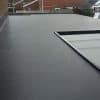A butterfly garden is where you can witness the beautiful sight of hundreds of colorful butterflies. It is designed to provide all the resources that butterflies require and ensure that they keep returning to it repeatedly.
Thank you for reading this post, don't forget to the best blogger Guy About Home who offers the best garden and home improvement tips! If you are a home decor and design fan, don't miss the tips on home ideas. If you are a home garden owner, then you might be interest in our complete guides to house plants!
Your butterfly garden’s plants will draw butterflies and moths, contributing to pollination. A well-designed butterfly garden may house a variety of butterflies in all stages of development, including egg, larva, pupa, and adult. When plant development is at its height, butterflies are most busy in the spring through late summer.
Cultivating the soil in the fall is not advisable because earthworms will be ready for harvest after you turn the soil without adding new plants. These helpful worms loosen the soil when left alone, allowing your plants’ roots to expand and flourish.
5 Easy Fall Gardening Tips For Your Butterfly Garden
Butterfly gardens are simple to manage, and Yard Surfer will help you ensure that both the plants and the butterflies thrive.
Location
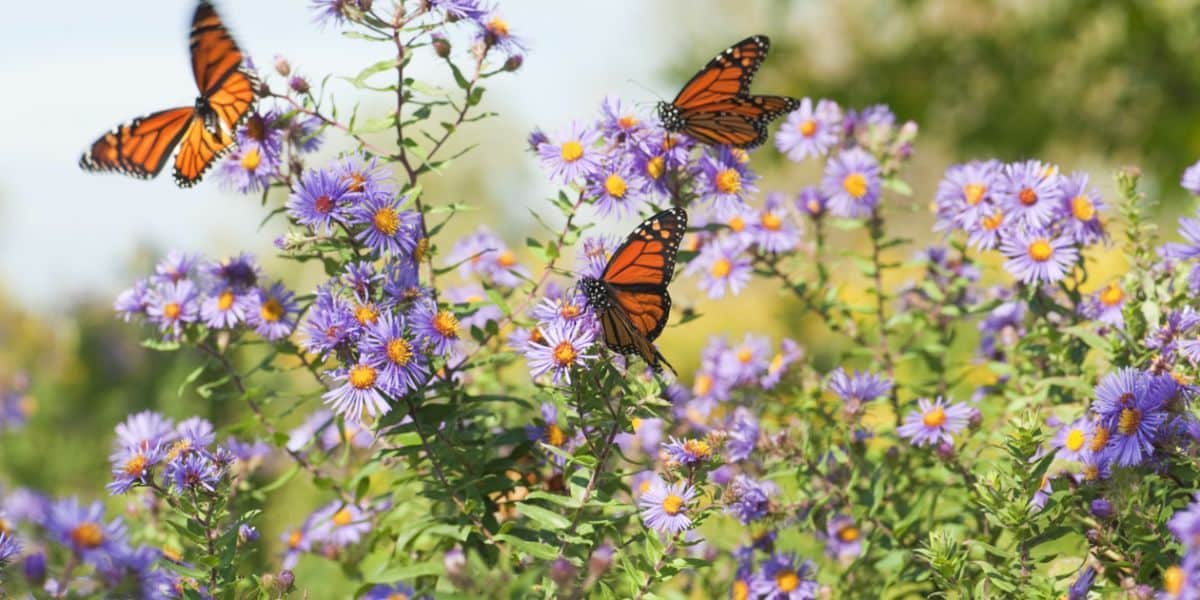
Image Source: Pinterest
If you create a butterfly garden in your backyard, ensure the area receives enough sunlight for the flowers to bloom and to draw butterflies, pick the appropriate location.
Choose a place with trees and bushes that can offer butterflies shade and resting areas, but by constructing a shelter, you can shield them from predators and bad weather.
In addition to serving as a place for caterpillars to cocoons, a butterfly house can serve as a resting and hibernating area for butterflies. An ordinary wooden box with a little aperture would do for these shelters.
Before planting, sketch out your garden according to the available space. The suggestions above can serve as inspiration for your butterfly garden.
Water
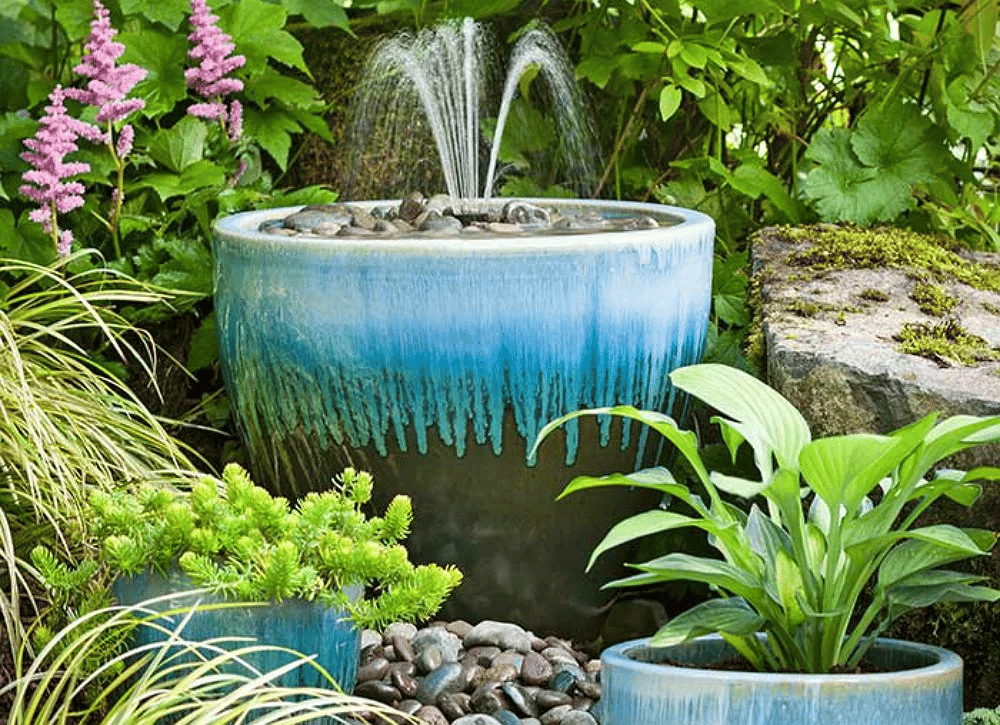
Image Source: Pinterest
A puddling station is necessary to keep butterflies hydrated and provide them with the vitamins and other nutrients, including salt, found in murky water. Add soil, sand, or pebbles to a small dish to make watery mud.
As the dish empties, add extra water and organic material, especially during hotter months. Puddling stations can be positioned close to the bait stations.
DIYs
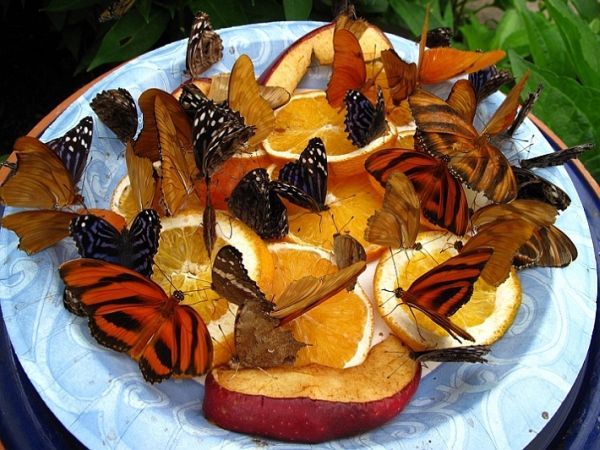
Image Source: Pinterest
A combination of rotting fruit (such as bananas, peaches, plums, and apples), white sugar, molasses, or beer can make homemade bait. Put the butterfly bait on flat rocks, tree stumps, or a dish and place it where butterflies may readily get to it.
One can cultivate butterfly-friendly with low-maintenance plants. Remember the ones that caterpillars like to eat, though. You can have your children use miniature planter sticks to label each plant in your yard.
Flowers
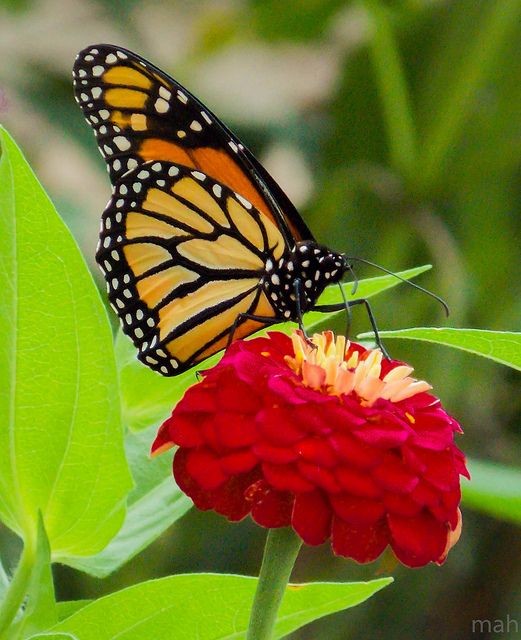
Image Source: Pinterest
Choose plants that will draw butterflies—pot nectar plants and host plants in your garden to encourage the local butterfly population. A nectar source will draw adult butterflies to your garden because they consume nectar.
Host plants provide a nesting site for butterflies and a food source for the caterpillars that emerge from the eggs. As a result, different butterfly species are drawn to different plants. For instance, milkweed is the primary attraction for monarch butterflies, whereas swallowtail butterflies prefer verbena and lantanas.
Butterflies are picky when choosing food from the plant, just like their humble beginnings, the caterpillars. Therefore, the secret to a successful butterfly garden is to grow the proper plants in your flower bed.
Remember that the more plant varieties you have, the greater the variety of butterfly species that will visit your garden. Nectar-rich flower clusters will be arranged in a well-designed garden at various heights.
Additionally, it will have appropriate landscaping that will allow you to see butterfly activity up close.
Leaf Litter
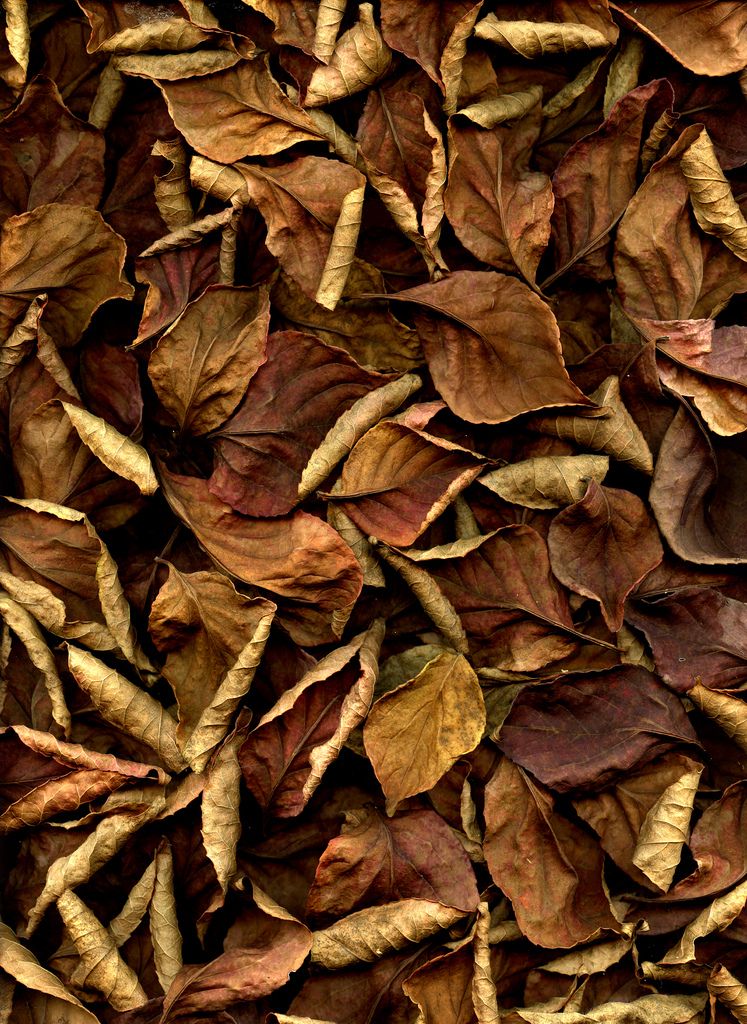
Image Source: Pinterest
Leaf litter is an excellent attraction for moths and butterflies to overwinter. Under their host trees, red-spotted purple caterpillars scurry down to find cover in the leaf litter. Many moths wait for spring while they pupate nearby in the dirt.
Avoid removing all the vegetation from your yard in the fall and leave dead plants and leaf litter in place until April. These butterflies will have a home to spend the winter as a result.
Conclusion
Butterflies aren’t that difficult to attract, provided you give them what they want: a garden full of colorful flowers and a welcoming place. Along with some access to water and shade, you can keep them close to yourself throughout the year.
We cannot give them their natural habitat back. Still, we can replicate it to co-exist with them; in return, they will pollinate more plants and bring joy to your life each day.


